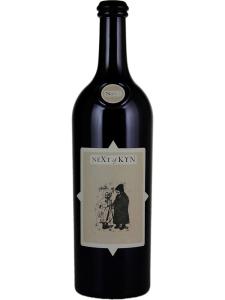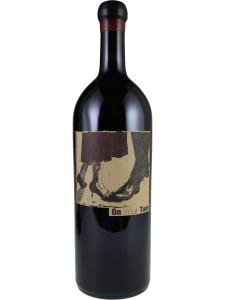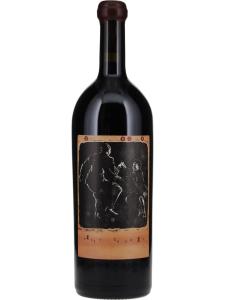The Central Coast AVA in California covers the long stretch of coastline from San Francisco Bay south to Santa Barbara, and reaches inland from the Pacific Ocean to the borders of the Central Valley. The climate and topography vary enormously across this immense region, making it impossible to generalize about winegrowing conditions. Chardonnay and Pinot Noir are the most important grapes planted in the region, but Cabernet Sauvignon, Zinfandel and Sauvignon Blanc make up a sizable chunk of the wines produced here.
Running for approximately 280 miles (450km) from Contra Costa County to the Santa Ynez Valley, the Central Coast AVA covers some of California's most famous AVAs outside of Napa and Sonoma counties, including Paso Robles, Chalone, Santa Cruz Mountains and Santa Maria Valley. The rugged, mountainous topography of the area has been brought about by years of tectonic shift, and the famous San Andreas Fault cuts much of the AVA off from the rest of the United States. The Santa Lucia Mountains, the Galiban Range and the Santa Cruz Mountains all run through this part of California.
©SLO Wine Country
The first cultivated vineyards in the Central Coast were planted in the 1700s, although early Spanish explorers found wild grapes growing around the rivers in the region. The early vineyards (mostly planted to the Mission variety) were established by Spanish missionaries moving north toward San Francisco from the first missions in San Diego and Los Angeles counties. The steadily growing wine industry in this part of California was all but killed off in the 1920s by Prohibition, and didn't begin to recover until the American wine renaissance of the 1960s and 1970s, when winemakers began to look for interesting examples of terroir in the state.
The San Andreas Fault contributes significantly to the soil types found in the AVAs of the Central Coast. Soil on the western side of the fault is marked by areas of limestone all the way up the coast. This area was once part of an ancient sea bed, and the calcareous soils here are the result of fossilized marine animals. There are also areas of shale and loam in the Salinas Valley in Monterey, and sandy, gravelly soils surrounding San Francisco Bay. Soils range in depth and fertility across the Central Coast AVA, with thin, mountainous types being more suited to quality and the more fertile alluvial types in the valleys being better for high yields and bulk production.
The eastern boundary of the Central Coast AVA is around 60 miles (100km) inland, and much of the region is influenced by winds from the Pacific Ocean, funneled into the vineyard areas by a series of important valleys and mountain gaps throughout the region. Monterey Bay is arguably the most important contributor, blowing strong winds and fog down the Salinas Valley as well as providing cool breezes to the more inland areas of San Benito and the southern end of the Santa Clara Valley. San Francisco Bay is important as well but, being on the northern edge of the AVA, it has more of an influence on the North Coast and Central Valley AVAs.
The cool climate in much of the Central Coast AVA is excellently suited to the Burgundy varieties of Pinot Noir and Chardonnay, despite the fact that the northernmost part of the region is a full 10 degrees closer to the equator than Burgundy (at latitude 47°N). The hotter, more inland areas of the Central Coast are also good for Zinfandel, which is planted in San Benito County and Paso Robles. Cabernet Sauvignon does well in the higher-altitude parts of the AVA, particularly in the Santa Cruz Mountains north of Monterey Bay.
Small wineries are abundant on the Central Coast, as are large, well-respected producers who use the Central Coast AVA for wines made with grapes grown in more than one county. Many of the cult Sine Qua Non wines are labeled under this AVA, meaning that some of the most expensive single wines in California (and indeed the whole of the New World) are sold under the Central Coast AVA.




